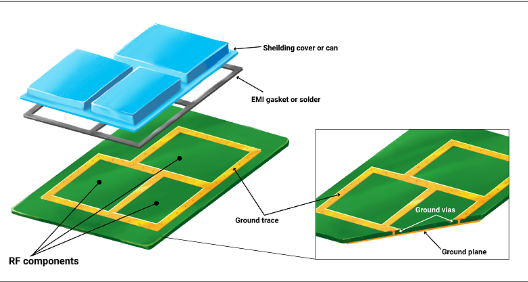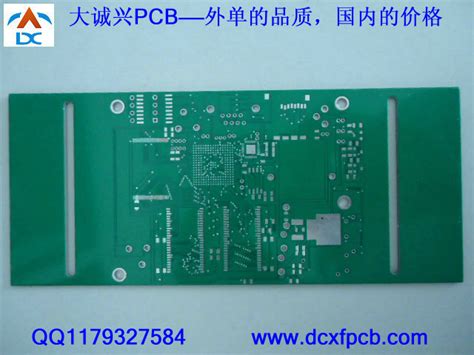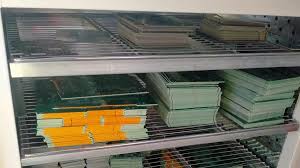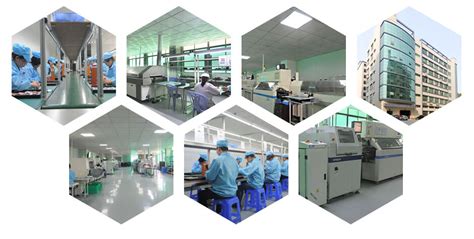How to Save Costs in PCB Projects: A Comprehensive Guide
Printed Circuit Board (PCB) projects can be expensive, especially when dealing with complex designs, high-volume production, or advanced materials. However, with careful planning and strategic decision-making, significant cost savings can be achieved without compromising quality. This article explores various methods to reduce expenses in PCB projects, covering design optimization, material selection, manufacturing processes, and supply chain management.
1. Optimize PCB Design for Cost Efficiency
A. Reduce Board Size and Layer Count
- Smaller PCBs require fewer materials and reduce manufacturing costs.
- Minimize the number of layers; a 2-layer PCB is cheaper than a 4 or 6-layer board.
- Use efficient component placement to avoid unnecessary space usage.
B. Simplify the Design
- Avoid overly complex routing; use standard trace widths and spacing.
- Minimize the use of blind and buried vias, as they increase fabrication costs.
- Stick to standard hole sizes to avoid additional drilling expenses.
C. Design for Manufacturability (DFM)
- Follow DFM guidelines to prevent costly redesigns and delays.
- Ensure proper solder mask and silkscreen clearances to avoid rework.
- Use panelization to maximize the number of boards per panel, reducing waste.
2. Smart Material Selection
A. Choose Cost-Effective Substrates
- FR-4 is the most economical material for standard applications.
- Avoid high-frequency or high-temperature materials unless absolutely necessary.
B. Optimize Copper Weight
- Use the minimum required copper thickness (e.g., 1 oz instead of 2 oz) to save material costs.
- Heavy copper PCBs are more expensive due to additional processing.
C. Standardize Components
- Use readily available, off-the-shelf components instead of custom parts.
- Avoid obsolete or hard-to-find components that may require premium pricing.

3. Economical Manufacturing Strategies
A. Select the Right PCB Manufacturer
- Compare quotes from multiple suppliers to find the best price.
- Consider overseas manufacturers (e.g., China) for lower labor costs, but ensure quality control.
B. Order in Bulk
- Larger production runs reduce per-unit costs due to economies of scale.
- Plan ahead to avoid rush orders, which often come with premium charges.
C. Choose the Right Production Technology
- For prototypes, use cost-effective methods like breadboarding before full production.
- For high-volume orders, automated assembly (SMT) is more efficient than manual soldering.
4. Efficient Supply Chain and Logistics
A. Consolidate Orders
- Combine multiple PCB orders to save on shipping and handling fees.
- Work with suppliers offering volume discounts.
B. Minimize Lead Times
- Avoid expedited manufacturing unless absolutely necessary.
- Plan procurement in advance to prevent last-minute premium costs.
C. Reduce Waste and Rework
- Implement thorough testing (e.g., flying probe, AOI) to catch defects early.
- Properly store PCBs and components to prevent damage and waste.

5. Leverage Automation and Software Tools
A. Use PCB Design Software with Cost Analysis
- Tools like Altium Designer, KiCad, or Eagle can simulate cost impacts of design choices.
- Automated DFM checks help avoid expensive manufacturing errors.
B. Automate Testing and Inspection
- Automated Optical Inspection (AOI) and in-circuit testing (ICT) reduce manual labor costs.
- Early defect detection prevents costly post-production fixes.
6. Long-Term Cost Reduction Strategies
A. Build Strong Supplier Relationships
- Long-term partnerships can lead to better pricing and priority service.
- Negotiate contracts for bulk discounts or flexible payment terms.
B. Invest in Training and Knowledge
- Well-trained engineers can design more cost-efficient PCBs.
- Stay updated on industry trends to adopt new cost-saving technologies.
C. Consider Alternative Technologies
- Flexible PCBs may reduce assembly costs in some applications.
- Modular designs allow for easier upgrades, reducing future redesign expenses.

Conclusion
Reducing costs in PCB projects requires a holistic approach, balancing design efficiency, material selection, manufacturing choices, and supply chain optimization. By implementing these strategies, companies can achieve significant savings without sacrificing performance or reliability. Whether working on prototypes or mass production, careful planning and smart decision-making are key to cost-effective PCB development.
By following these guidelines, engineers and project managers can ensure that their PCB projects remain budget-friendly while maintaining high quality and functionality.







